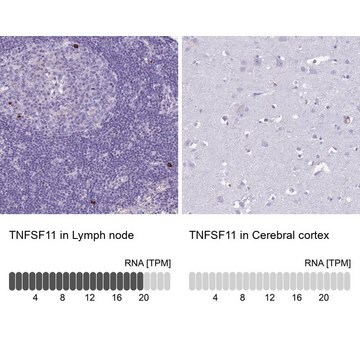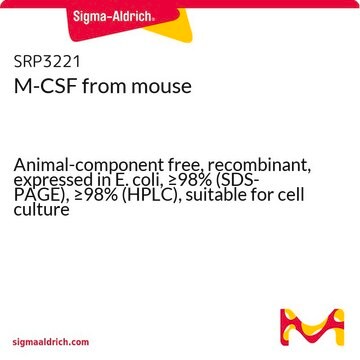詳細
Tumor necrosis factor ligand superfamily member 11 (UniProt: O14788; also known as Osteoclast differentiation factor, ODF, Osteoprotegerin ligand, OPGL, Receptor activator of nuclear factor kappa-B ligand, RANKL, TNF-related activation-induced cytokine, TRANCE, CD254) is encoded by the TNFSF11 (also known as OPGL, RANKL, TRANCE) gene (Gene ID: 8600) in human. RANKL is a single-pass type II membrane protein that is found in high levels in the peripheral lymph nodes and in lower levels in the spleen, peripheral blood Leukocytes, bone marrow, heart, placenta, skeletal muscle, stomach and thyroid. Its levels are shown to be up-regulated by T-cell receptor stimulation. RANKL has a cytoplasmic domain (aa 1-47), a helical domain (aa 48-68) and an extracellular domain (aa 69-317). RANKL has been identified to affect the immune system and control bone regeneration and remodeling. RANKL is a cytokine that binds to TNFRSF11B/OPG and to TNFRSF11A/RANK. It is shown to augment the ability of dendritic cells to stimulate naive T-cell proliferation and is an important regulator of interactions between T-cells and dendritic cells and may play a role in the regulation of the T-cell-dependent immune response. It is shown to induce osteoclastogenesis by activating multiple signaling pathways in osteoclast precursor cells. RANKL is also reported to activate Akt through a signaling complex involving SRC kinase and tumor necrosis factor receptor-associated factor (TRAF) 6, which suggests a role of RANKL in the regulation of cell apoptosis. Three isoforms of RANKL have been described that are produced by alternative splicing. Defects in TNFS11 gene can cause osteoporosis, both a severe autosomal recessive form as well a benign autosomal dominant form.
特異性
Clone 6A12.1 detects RANKL protein in human cells. It targets an epitope within 95 amino acids from the C-terminal region.
免疫原
GST/His-tagged recombinant fragment corresponding to 95 amino acids from the C-terminal region of human RANKL.
アプリケーション
Research Category
細胞シグナル伝達
Anti-RANKL, clone 6A12.1, Cat. No. MABS1696, is a mouse monoclonal antibody that detets RANKL in human cells and has been tested for use in Immunohistochemistry (Paraffin) and Western Blotting.
Immunohistochemistry Analysis: A 1:50 dilution from a representative lot detected RANKL in human tonsil tissue sections.
品質
Evaluated by Western Blotting with RANKL recombinant protein.
Western Blotting Analysis: A 1:2,000 dilution of this antibody detected human recombinant RANKL protein.
ターゲットの説明
~36 kDa observed; 35.48 kDa calculated. Uncharacterized bands may be observed in some lysate(s).
物理的形状
Unpurified
Format: Unpurified
Mouse monoclonal antibody in tissue culture supernatant without azide.
保管および安定性
Stable for 1 year at -20°C from date of receipt.
Handling Recommendations: Upon receipt and prior to removing the cap, centrifuge the vial and gently mix the solution. Aliquot into microcentrifuge tubes and store at -20°C. Avoid repeated freeze/thaw cycles, which may damage IgG and affect product performance.
その他情報
Concentration: Please refer to lot specific datasheet.
免責事項
Unless otherwise stated in our catalog or other company documentation accompanying the product(s), our products are intended for research use only and are not to be used for any other purpose, which includes but is not limited to, unauthorized commercial uses, in vitro diagnostic uses, ex vivo or in vivo therapeutic uses or any type of consumption or application to humans or animals.









